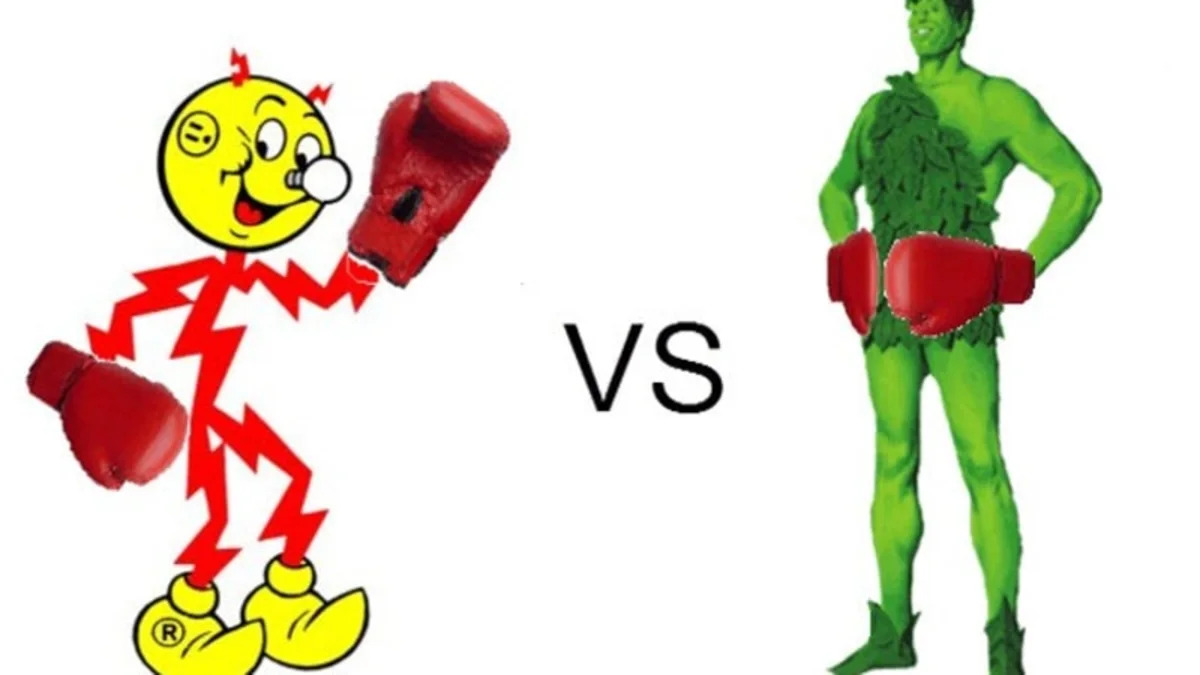Quick, which is easier to find: a public charging station for an electric vehicle or a station that offers E85? Despite the much larger number of flex-fuel vehicles on the road, it turns out that when you bring the fight down to electricity vs. ethanol, EV drivers have nearly a 2-1 edge.
Based on data from the Department of Energy, the U.S. is studded with 4,448 public charging stations. That makes for about one charging slot for every four EVs on the road. On the other hand, despite there being over 7 million ethanol-capable vehicles on our highways, there only 2,468 stations offering E85, meaning that over 3,000 flex-fuel drivers are fighting over each available hose. Theoretically, of course.
Why are flex-fuel drivers going thirsty? Well, mostly it's because they're not. Since nearly all of those 7 million ethanol-capable vehicles can also run on plain vanilla E10 gasoline, there have to be specific incentives in place to make installing E-85 pumps worthwhile.
And why do EV drivers have it so relatively plush? As it turns out, the numbers are a bit deceiving. The ratio between electric vehicles and charging stations may seem rather low, but when you consider that an EV is likely to spend much longer attached to its charging cable than an internal combustion vehicle spends drinking from a fuel hose, the ratio seems far more equitable. Considering the limited range of many EVs and the number of new models coming on the market, the number of charging stations will likely continue to grow rapidly.
On the other hand, with the end of ethanol subsidies, the cost of E85 is likely to see a sharp bump. This may cause a decrease in the number of sites offering this fuel.
Based on data from the Department of Energy, the U.S. is studded with 4,448 public charging stations. That makes for about one charging slot for every four EVs on the road. On the other hand, despite there being over 7 million ethanol-capable vehicles on our highways, there only 2,468 stations offering E85, meaning that over 3,000 flex-fuel drivers are fighting over each available hose. Theoretically, of course.
Why are flex-fuel drivers going thirsty? Well, mostly it's because they're not. Since nearly all of those 7 million ethanol-capable vehicles can also run on plain vanilla E10 gasoline, there have to be specific incentives in place to make installing E-85 pumps worthwhile.
And why do EV drivers have it so relatively plush? As it turns out, the numbers are a bit deceiving. The ratio between electric vehicles and charging stations may seem rather low, but when you consider that an EV is likely to spend much longer attached to its charging cable than an internal combustion vehicle spends drinking from a fuel hose, the ratio seems far more equitable. Considering the limited range of many EVs and the number of new models coming on the market, the number of charging stations will likely continue to grow rapidly.
On the other hand, with the end of ethanol subsidies, the cost of E85 is likely to see a sharp bump. This may cause a decrease in the number of sites offering this fuel.


Sign in to post
Please sign in to leave a comment.
Continue